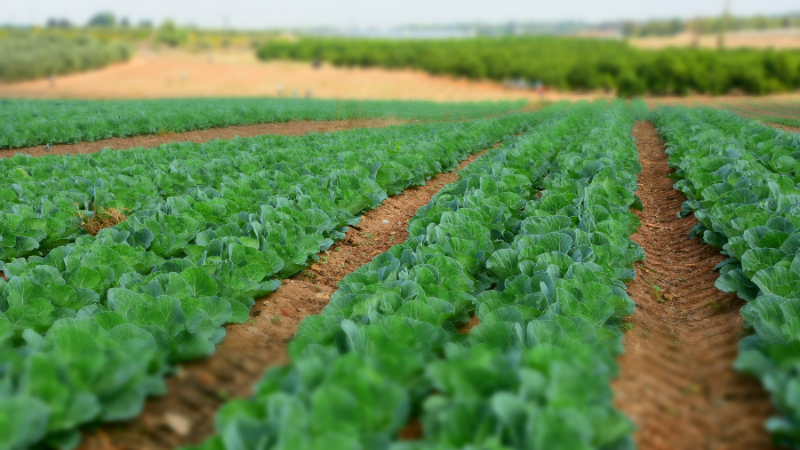By Albert Makendenge
Knowing what family a plant belongs to can be useful in making decisions about rotating plants for managing pests and soil fertility in the garden. Plants in a family are genetically related so they have similar characteristics and are thus usually subject to more or less similar agronomic practices.
| FAMILY NAME | ALIASES | CROPS |
| Solanaceae | Solanaceous crops; potato, tomato or nightshade family | Peppers, tomatoes, potatoes, eggplant, tobacco |
| Brassicaceae | Cruciferae; brassicas; cole crops; cruciferous crops | Radish, cabbage, kale, turnip, Brussels sprouts, mustard |
| Cucurbitaceae | Cucurbits; cucumber family; squash family | Cucumber, melons, watermelon, summer, squash, pumpkin, gourds, winter squash |
| Rosaceae | Rose family; rosaceous plants | Apples, peaches, apricots, nectarines, plums, strawberries, blackberries, raspberries, pears, cherries, quince, almond |
| Fabaceae | Leguminosae; leguminous crops; legumes; bean, pea or legume family | Beans, peas, lentils, peanut, soybean, edamame, garbanzo bean, fava bean, hairy vetch, vetches, alfalfa, clovers, cowpea, birdsfoot trefoil, black medic |
| Pocaceae | Gramineae; grass family | Corn, wheat, barley, oats, sorghum, rice, millet, rye, ryegrass, sorghum |
| Liliceae | Lily family; alliums (for members of the Allium genus) | Asparagus, onions, leeks, chives, garlic, shallots |
| Asteraceae | Sunflower family; aster family | Sunflowers, lettuce, endive, escarole, dandelion, artichoke, chamomile |
| Apiaceae | Umbelliferae; carrot family | Carrots, parsnips, celery, dill, chervil, cilantro, parsley, caraway, fennel |
| Chenopodiaceae | Goosefoot family | Spinach, beets, chard, sugar beets |
| Ericaceae | Heather or blueberry family | Blueberries, cranberries |
| Lamiaceae | Labiatae; mint family | Lavender, basil, marjoram, oregano, rosemary, sage, thyme, mints, catnip |

